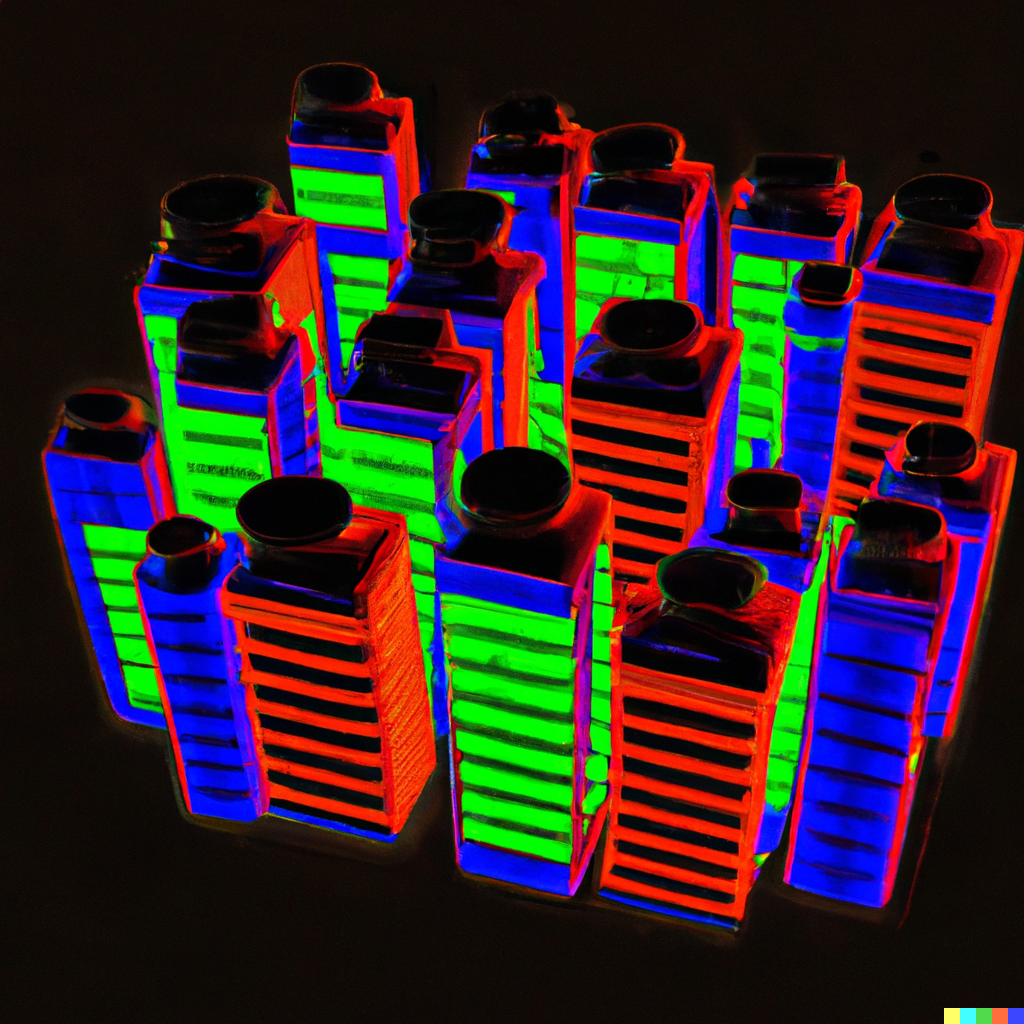In our latest blog post, we explore how Utility Technology (UtilTech) is revolutionizing the energy sector. From smart grids and advanced metering infrastructure to the integration of renewable energy and cutting-edge AI, UtilTech is enhancing efficiency, reliability, and sustainability in utilities. Discover how these innovations are reshaping the industry and empowering consumers in a rapidly evolving energy landscape.
In an era where technology is advancing at breakneck speed, the utility sector is experiencing a transformative shift thanks to Utility Technology (UtilTech). This evolution is not just about modernizing outdated systems; it’s about reimagining the way utilities operate, interact with consumers, and contribute to a sustainable future. In this blog post, we'll delve into the key innovations driving this change and explore how they are shaping the future of energy.
1. Smart Grids: The Backbone of Modern Utility Systems
Smart grids are at the forefront of UtilTech innovations. Unlike traditional grids, which operate on a one-way flow of electricity from producers to consumers, smart grids are designed to be interactive. They use advanced sensors, communication technologies, and data analytics to monitor and manage the flow of electricity in real-time.
Benefits of Smart Grids:
- Enhanced Reliability: Smart grids can detect and address faults quickly, reducing downtime and improving reliability.
- Improved Efficiency: By optimizing the distribution of electricity and integrating renewable energy sources, smart grids reduce energy waste.
- Consumer Empowerment: Smart meters and grid data give consumers more control over their energy usage and costs.
2. Advanced Metering Infrastructure (AMI): The Power of Data
Advanced Metering Infrastructure (AMI) is revolutionizing how utilities collect and analyze data. Unlike traditional meters, which require manual readings, AMI systems use smart meters that automatically transmit data to utility companies. This shift provides a wealth of information that can be used to improve service and efficiency.
Key Advantages of AMI:
- Real-Time Monitoring: Utilities can track energy usage patterns in real-time, allowing for better demand management.
- Accurate Billing: Automated readings reduce errors and disputes, ensuring consumers are billed accurately.
- Enhanced Customer Service: Utilities can quickly identify and address issues, improving overall customer satisfaction.
3. Renewable Energy Integration: Powering a Sustainable Future
The integration of renewable energy sources like solar, wind, and hydro into the grid is a critical component of UtilTech. As the world moves towards greener energy solutions, utilities must adapt their infrastructure to accommodate these variable sources of power.
Strategies for Integration:
- Energy Storage: Technologies such as batteries and pumped hydro storage can store excess energy generated from renewables and release it when needed.
- Demand Response: By incentivizing consumers to adjust their energy usage during peak times, utilities can balance supply and demand more effectively.
- Microgrids: These localized grids can operate independently or in conjunction with the main grid, providing a reliable energy supply even during disruptions.
4. Artificial Intelligence and Machine Learning: The Future of Utility Management
Artificial Intelligence (AI) and Machine Learning (ML) are transforming utility management by enabling predictive analytics and automation. These technologies can analyze vast amounts of data to forecast demand, optimize grid performance, and enhance operational efficiency.
Applications of AI and ML:
- Predictive Maintenance: AI algorithms can predict equipment failures before they occur, reducing downtime and maintenance costs.
- Load Forecasting: Machine learning models can accurately predict energy demand, allowing for better grid management and resource allocation.
- Fraud Detection: AI can identify unusual patterns in energy usage that may indicate fraudulent activities.
5. Cybersecurity: Protecting the Utility Infrastructure
As utilities become more digital and interconnected, cybersecurity has become a top priority. Protecting critical infrastructure from cyber threats is essential to ensure the reliability and safety of energy systems.
Key Cybersecurity Measures:
- Network Segmentation: Dividing the network into segments can limit the impact of a potential breach.
- Regular Updates and Patches: Keeping software and systems up-to-date helps protect against known vulnerabilities.
- Incident Response Plans: Developing and testing response plans ensures a quick and effective reaction to security incidents.
6. Consumer Engagement and Empowerment: The Digital Transformation
The digital transformation of utilities extends to consumer engagement as well. Through mobile apps, online portals, and digital communication channels, consumers have more ways than ever to interact with their utility providers.
Enhancements in Consumer Engagement:
- Personalized Insights: Utilities can provide tailored recommendations based on individual usage patterns and preferences.
- Billing Transparency: Online platforms offer detailed breakdowns of energy usage and costs, promoting transparency.
- Self-Service Options: Consumers can manage their accounts, pay bills, and report issues online, enhancing convenience and satisfaction.
Conclusion
Utility Technology (UtilTech) is reshaping the energy sector in profound ways, driving efficiency, sustainability, and customer satisfaction. From smart grids and advanced metering to AI-driven analytics and robust cybersecurity, the innovations in UtilTech are paving the way for a more resilient and responsive utility industry. As these technologies continue to evolve, they will undoubtedly play a crucial role in addressing the global energy challenges of the future.
Stay tuned to our blog for more insights into the latest trends and developments in Utility Technology
